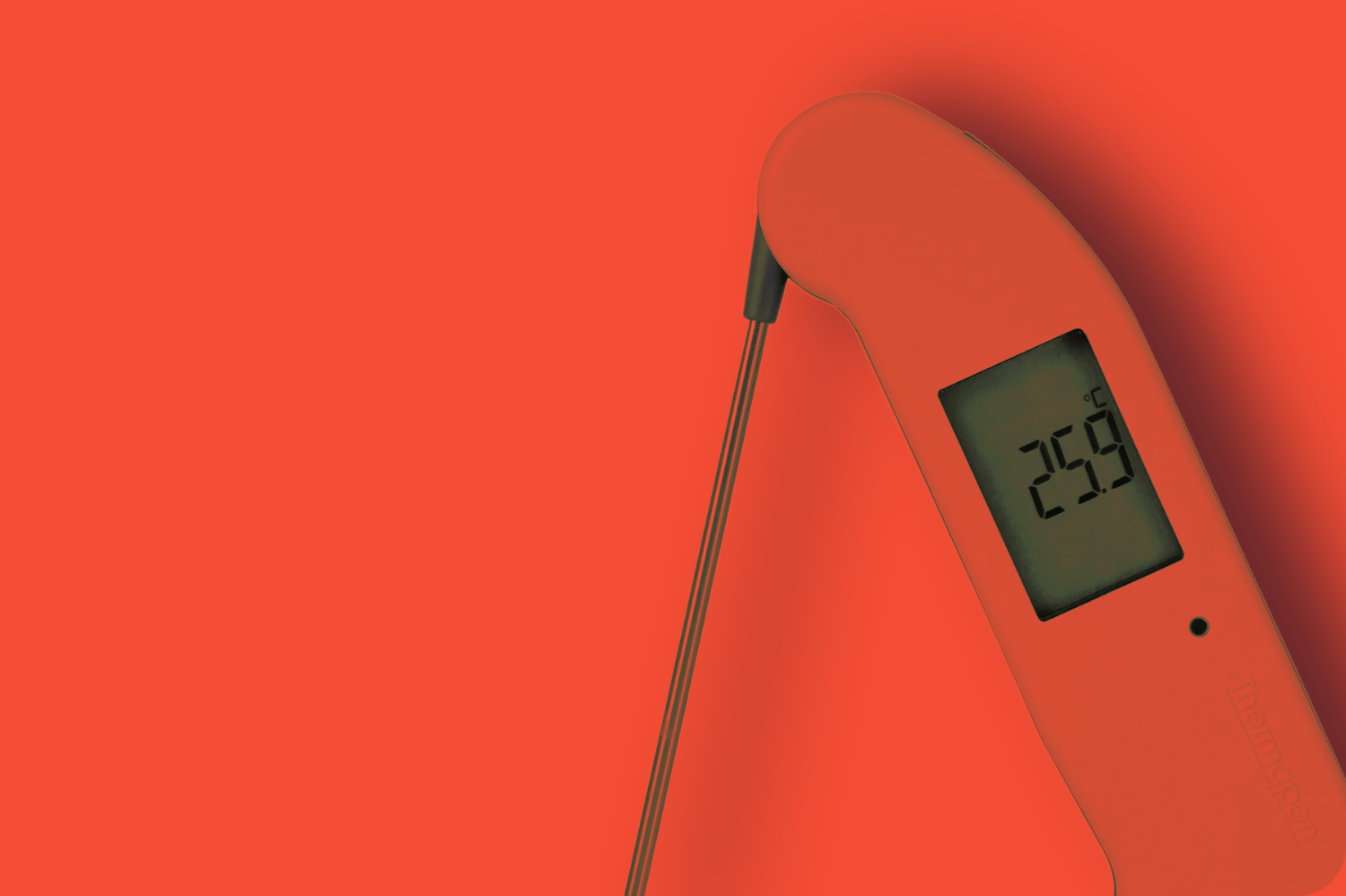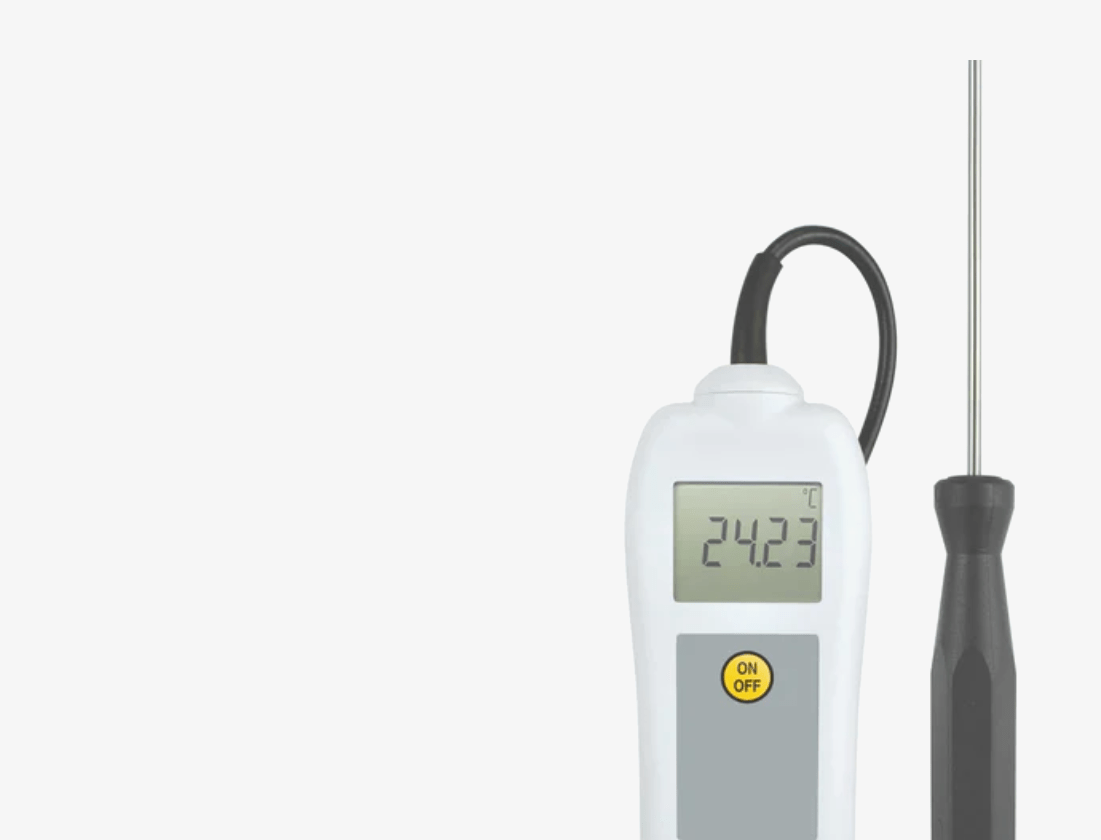Guarantee up to 5 years
Professional thermometers
Designed to last!

Your thermometer
always calibrated!

Or

Stop me-
even my
thermometer
Or

Buy one
thermometer
calibrated

Your accessible data
Quickly & easily!
Questions ? Our answers ...
Discover our T'mag ! In addition to our catalog of products, we offer a mine of information and practical advice. You want to know more about thermometers For choose good ? Our guides are there to help you.
Our references









































